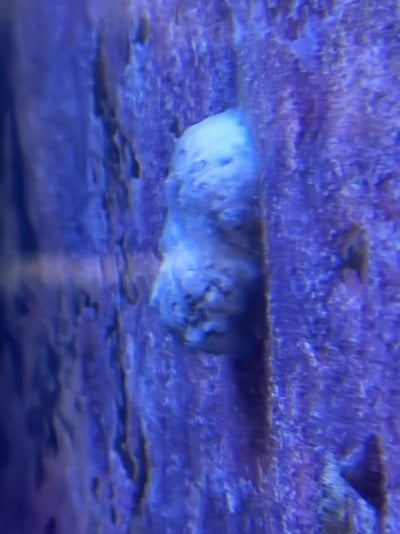I had previously found some posts by folks much smarter than I (@taricha et al) about mixing sodium and potassium calcium hydroxides with water to form a paste. Then put the paste into a syringe and attack the aiptasia. Similar to the product "F Aiptasia".
The problem I'm having is that I've tried mixing this probably a dozen times and only twice have I been able to draw the mixture into a syringe. Every other time I try, the paste almost immediately hardens as I draw it into the syringe. To clarify, the paste in the mixing container is still nice and liquid-like
Why is it hardening so fast and what can I do to prevent it?
The problem I'm having is that I've tried mixing this probably a dozen times and only twice have I been able to draw the mixture into a syringe. Every other time I try, the paste almost immediately hardens as I draw it into the syringe. To clarify, the paste in the mixing container is still nice and liquid-like
Why is it hardening so fast and what can I do to prevent it?
Last edited:



















